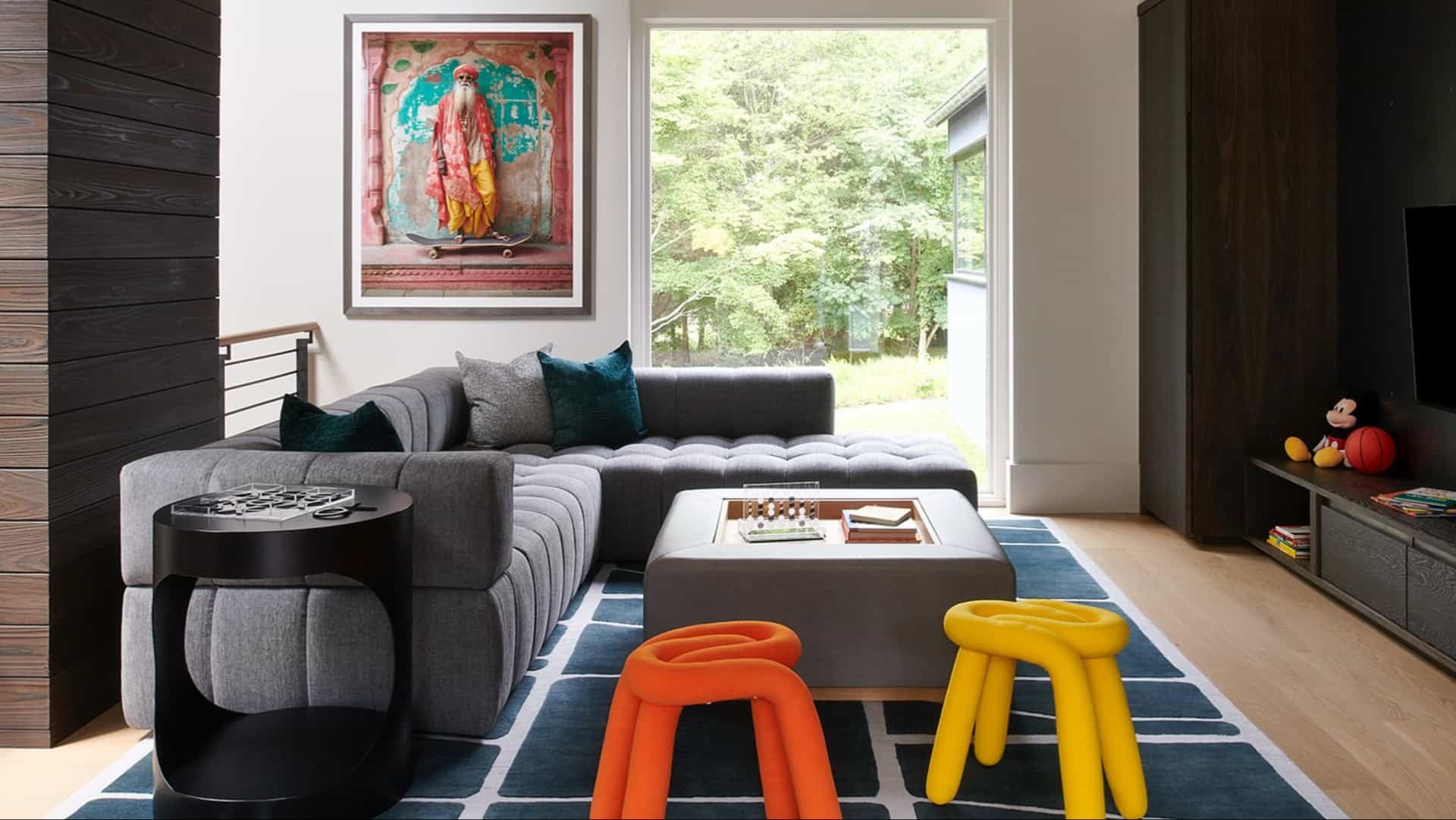Seeking a fresh perspective without a total home makeover?
Rearranging your furniture offers an easy and vibrant way to refresh your space, infusing it with new energy.
Whether you aim for a cozy corner or a dynamic focal point, these 10 whimsical tips will guide you to an energized room you’ll love.
1. Create a Focal Point
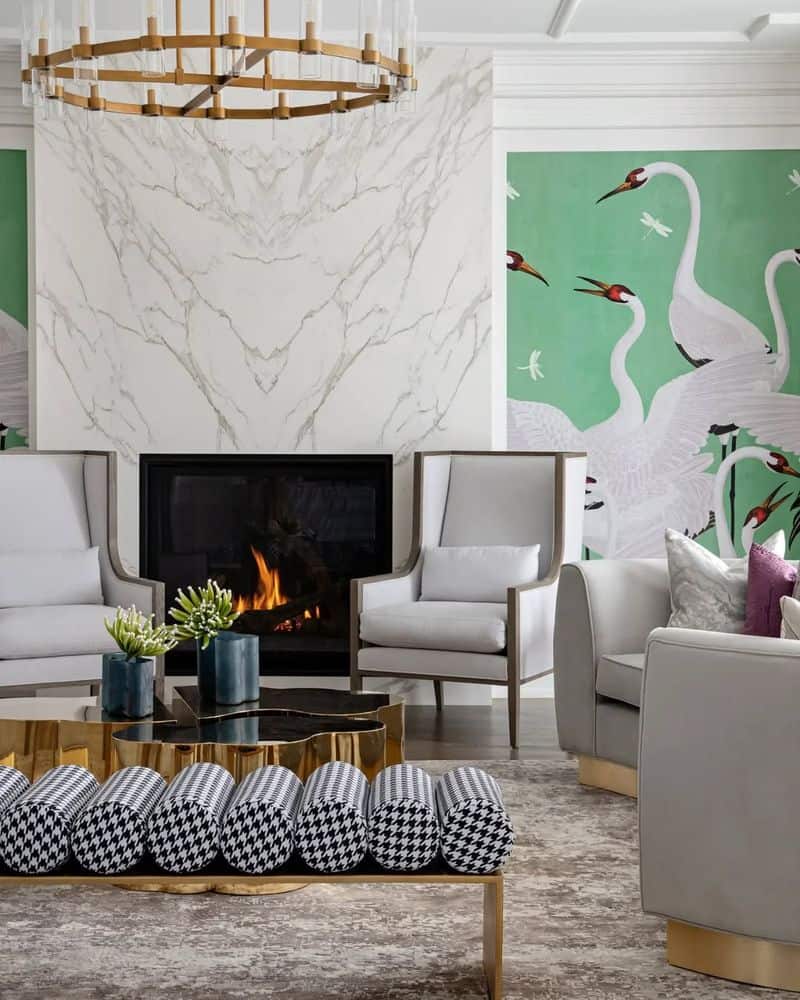
A focal point anchors a room, giving it purpose and symmetry. Consider a fireplace or an exquisite piece of art. Align seating to highlight this feature.
Use color and lighting to draw attention. Ensure the focal point complements rather than overpowers the space.
Experiment with different elements to find the perfect balance. This approach invites conversation and creates a welcoming atmosphere.
2. Encourage Flow

Arranging furniture to promote flow enhances accessibility and comfort. Identify natural pathways and clear them of obstructions.
Position furniture to facilitate easy movement and interaction. Keep areas around doors and windows open.
Balance is key—arrange pieces to ensure every area is accessible without feeling cramped. This encourages a more relaxed atmosphere.
3. Group Seating
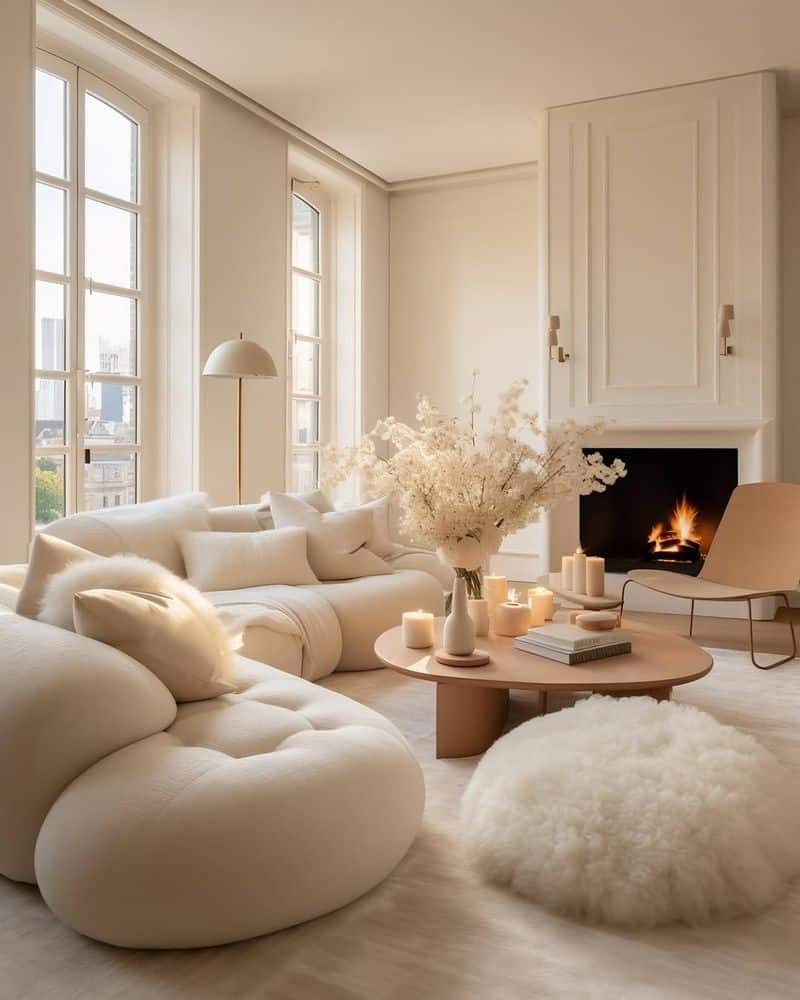
Group seating fosters intimacy and conversation. Arrange chairs and sofas to face each other, creating inviting nooks.
Vary seating types to accommodate different preferences. This setup is perfect for lively gatherings or quiet chats.
Incorporate side tables for convenience, ensuring everyone has a place to rest a drink or book. It’s about creating a welcoming space.
4. Add a Variety of Heights
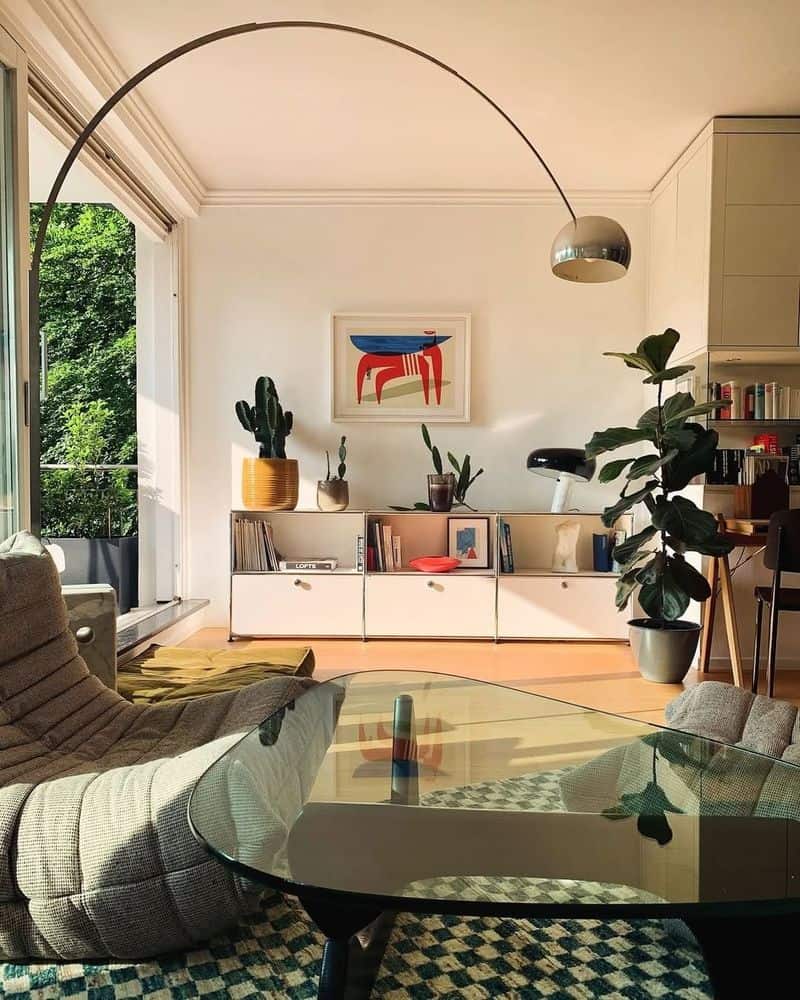
Diverse heights add visual interest and depth. Mix tall bookcases with low sofas or tables.
This variation draws the eye and breaks monotony. Use contrasting heights to highlight specific areas.
This approach offers a layered look, making the room feel dynamic and engaging. Experiment with different combinations for the best effect.
5. Allow for Flexibility
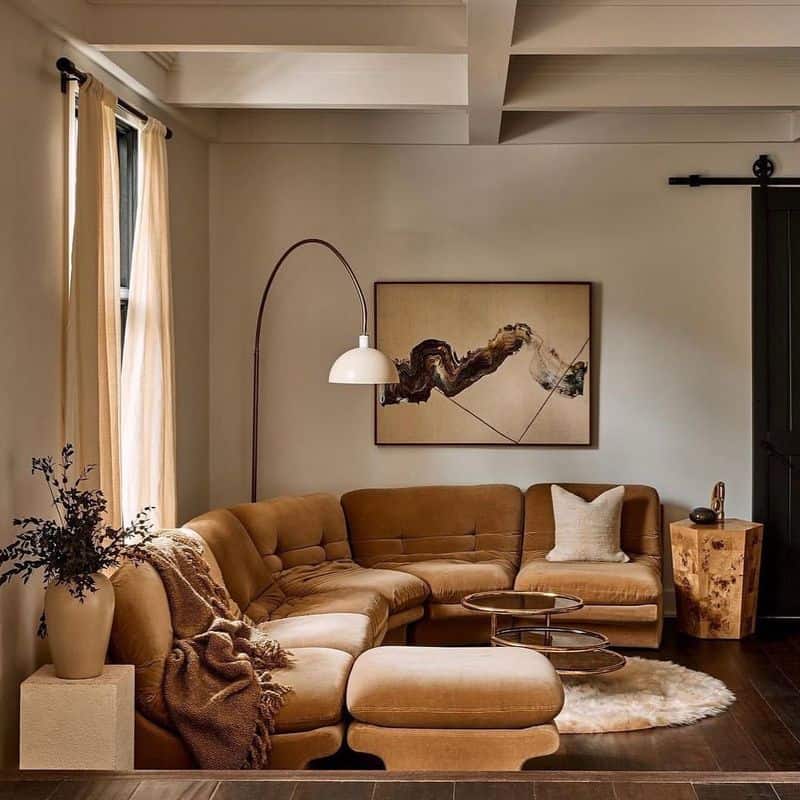
Flexibility in furniture arrangement adapts to changing needs. Use modular or easily movable pieces.
Reconfigure the layout for guests or activities. This adaptability keeps the space functional and fresh.
Invest in multipurpose furniture to maximize utility. Flexibility ensures your room remains as dynamic as your lifestyle.
6. Balance the Space
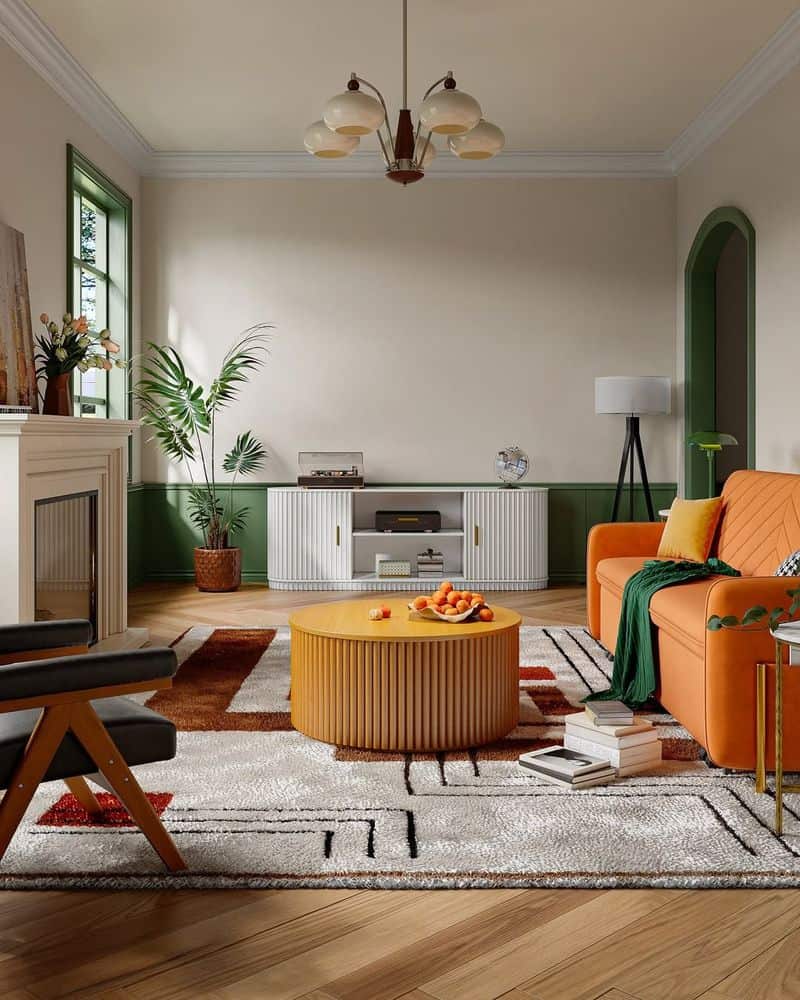
Balancing space creates harmony and comfort. Symmetrical arrangements provide a calming effect.
Distribute pieces evenly, avoiding overcrowding. Pay attention to lighting and color balance.
Balance is not about rigidity but a cohesive look that soothes. It’s about ensuring every element has its place.
7. Zoning
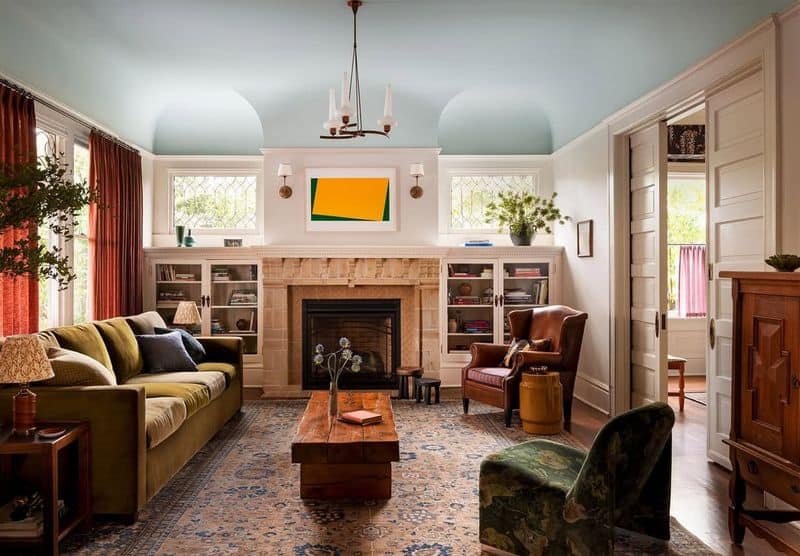
Zoning helps define areas for specific activities. Use rugs, lighting, or furniture to delineate spaces.
Create a reading corner or a play area for children. This clarifies the room function and enhances usability.
Zoning ensures each area serves a purpose, making large spaces feel organized and cozy.
8. Incorporate Texture
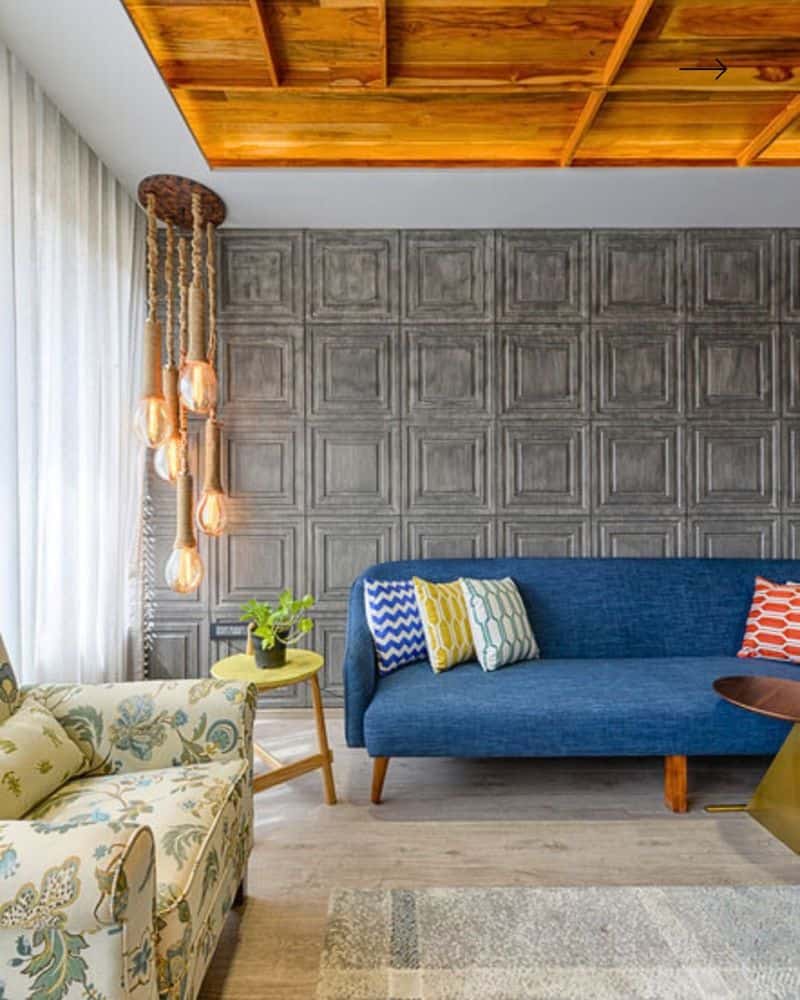
Texture adds warmth and interest. Mix materials like wood, leather, and fabric.
Layering textures creates a rich environment. Use rugs, cushions, and throws to enhance tactile appeal.
Textures invite touch and exploration, creating a more intimate and welcoming space.
9. Include Plants
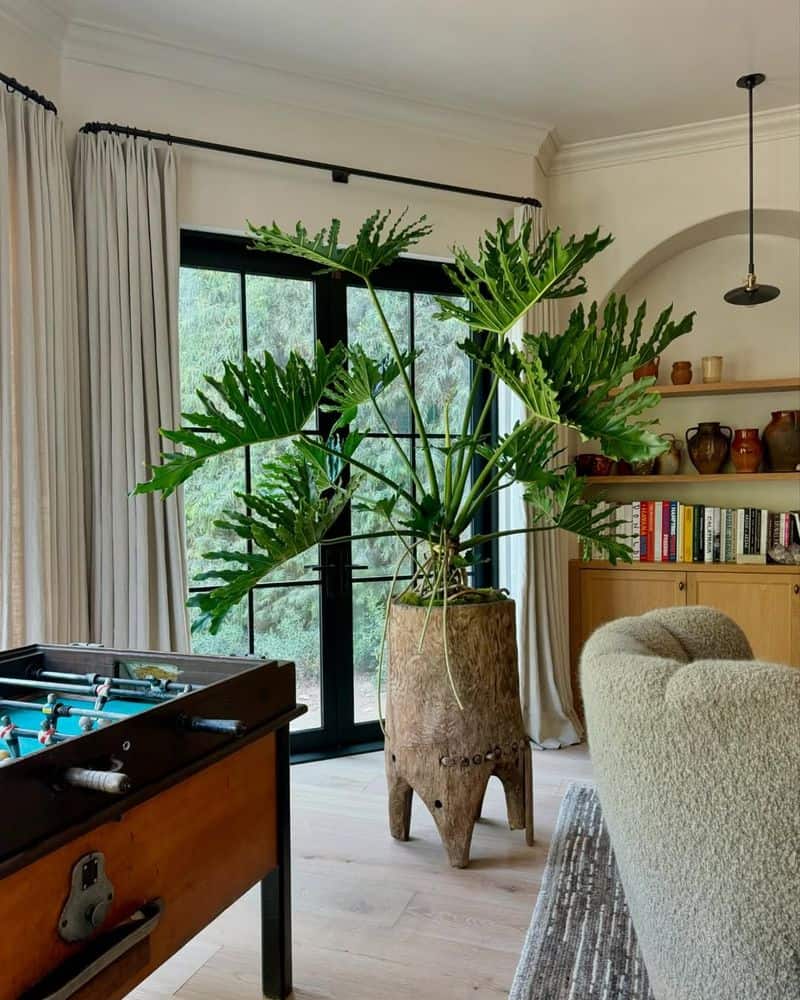
Plants breathe life into rooms, providing oxygen and beauty. Choose a mix of sizes and types.
Position them near windows or throughout the space for a natural touch.
Plants soften harsh lines and add color, making the room feel fresh and lively. They are a simple way to rejuvenate your environment.
10. Position Furniture for Outdoor View
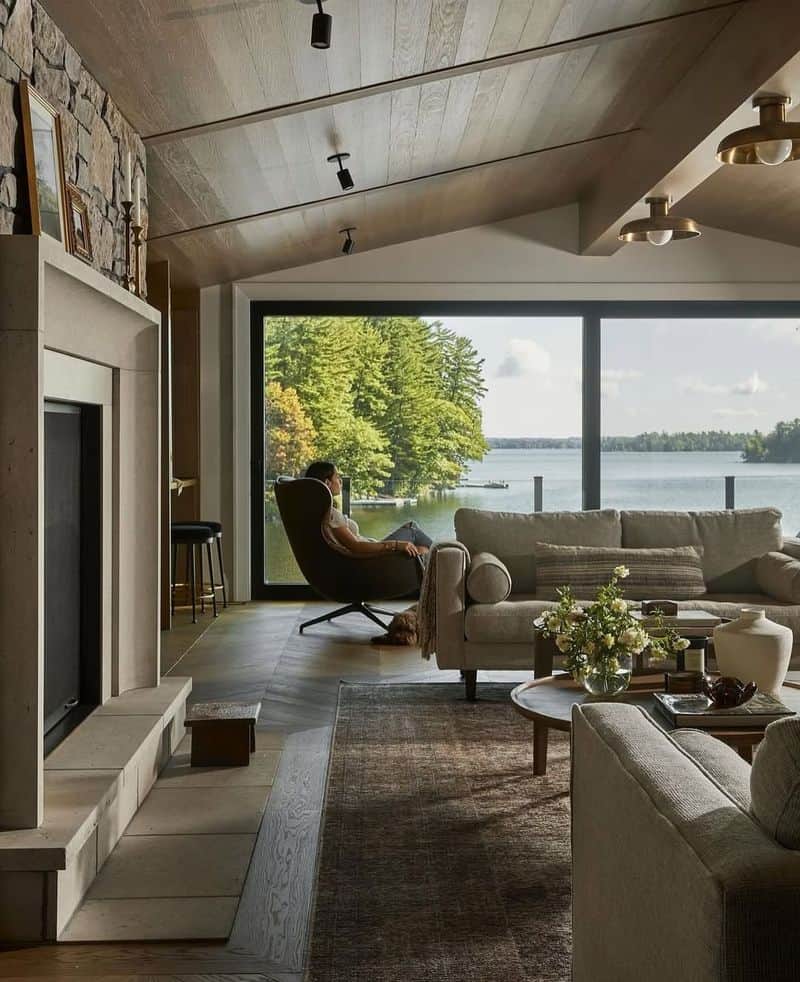
Positioning furniture to capture outdoor views connects indoor and outdoor spaces. Align seating to face windows or doors.
This arrangement brings nature inside, enhancing relaxation. Use the view as a natural focal point.
It encourages appreciation of the outdoors, enriching your living experience.

